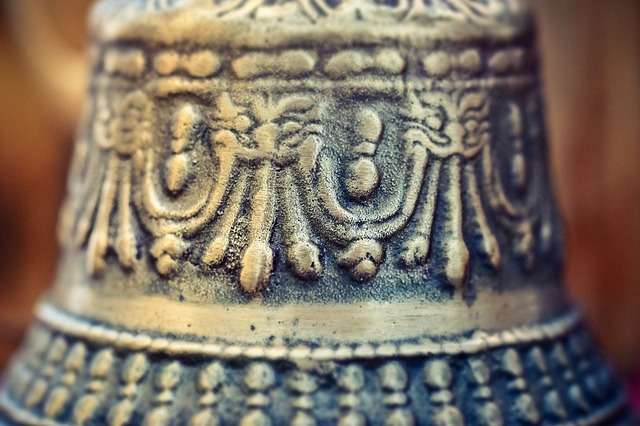In his Mindful Monday podcast on the 9th of August, Marvin Belzer emphasised the importance of keeping meditation simple, especially when we are new to meditation – focusing on something that is simple and real such as our breath, ambient sounds, or bodily sensations. He stressed that this simple focus enables us to experience what is happening now for us and leads to realising the many benefits of meditation such as calmness, clarity and concentration – each of which flows over into other areas of our lives such as family, work, sport and relationships. He highlighted the need to relax into our meditation, not trying to force specific outcome. The process of meditation that he described is similar to what I explained previously, though on this occasion there was more time devoted to silent meditation.
In a subsequent podcast on 16th of August, Marvin stressed the need for effort and patience to realise meditation’s benefits – we cannot rush the results. He maintained that we are not aiming for perfection but need to recognise the nature of the human condition – a realisation that cultivates humility and the acceptance that we have very little control over much of our life. However, what we can control is our ability to direct our attention – a skill that underpins much of success in life. Controlling our attention is “doable” if we make the effort of regular meditation practice. Marvin suggests that what helps here is humour as we recognise the frailty of our ability to concentrate for any sustained period of time without distractions.
The benefits of regular meditation practice
While sustained meditation practice can be difficult, the benefits that accrue are worth the effort and persistence involved. These benefits include:
- Creativity – we can develop creative solutions to our everyday problems and realise creativity in our work life. Creativity is cultivated in an environment of stillness and silence – an environment where our mind is uncluttered and we are not overwhelmed by challenging emotions.
- Clarity – meditation helps us to clear our minds and open ourselves to self-awareness and to insights into what we bring to a situation. It also throws light on our life purpose – how we can utilise our life experience, skills, knowledge and values to create a better world, whether locally or globally.
- Resilience – as we become more grounded through meditation, we can bounce back quicker and easier from setbacks and disappointments. Meditation builds resilience because it helps us to clear false beliefs, regain perspective and overcome “emotional inflammation” that is prevalent in these challenging times of the COVID-19 pandemic.
- Calmness and equanimity – as we become more grounded in our breath which is always with us while we are alive, we can experience calmness and face the vicissitudes of life with equanimity. We can use symbolic actions, such as joining our fingers, at any time during the day to recapture this sense of calm and stability.
- Compassion – as we come to accept our own frailty in the face of life’s challenges, we can become more empathetic towards others and more motivated to take compassionate action to alleviate the pain and suffering of others.
Reflection
Meditation requires effort but multiple benefits accrue if we can sustain regular practice. If we are not too hard on ourselves – not seeking perfection in meditation practice – we can more readily sustain the motivation to undertake regular practice, no matter how boring the process may feel at times. As we grow in mindfulness, we can become more tolerant of ourselves and others, appreciate our life and live it more fully.
___________________________________________
Image by Iso Tuor from Pixabay
By Ron Passfield – Copyright (Creative Commons license, Attribution–Non Commercial–No Derivatives)
Disclosure: If you purchase a product through this site, I may earn a commission which will help to pay for the site, the associated Meetup group, and the resources to support the blog.









